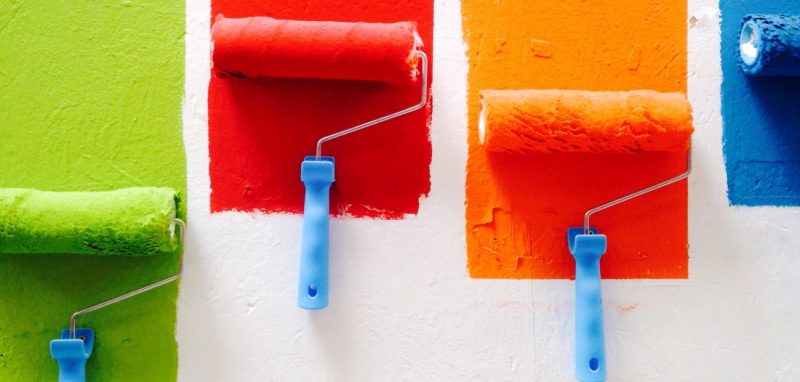Painting is one of the easiest DIY tasks with often some of the best results when preparing a home for sale. But homeowners shouldn't forget that technique is important. A botched painted job can make a room stand out in the wrong way.
Apartment Therapy recently highlighted several telltale signs of an amateur paint job. Make sure your listings don’t have one of these signs, including:
Inconsistent coverage. Homeowners may be tempted to go straight to applying the paint color on their walls and save some steps instead of priming the walls first. But that could be a mistake. “Starting with a primer will help ensure your paint has a good foundation and has the best overall appearance,” Colin Stipe, product manager for paint manufacturer Valspar, told Apartment Therapy. Primer can help cover up any prior colors on the wall and also help create a more even coat of paint when you apply it.
Sloppy edging. Paint on the trim or a wavering line is a sure-fire sign of an amateur paint job. Use painter’s tape to keep paint away from edges. But there is a technique to removing the painter’s tape too: Remove the tape within a few hours. Painter’s tape that is left on too long can cause the paint to stick to the tape and increase the chances of pulling away sections of the paint when the tape is removed, Krystal Mindeck, senior product manager for Valspar, told Apartment Therapy. The fix for when paint does get on the edges: Sand the area smooth with a sanding block, wipe it down with a damp cloth to remove dust, and repaint the section, Mindeck says.
Dried drips on the wall. “This typically happens when the paint is too thick and commonly occurs at the top and bottom of the walls or in the corners of trim, doors, and cabinets,” Stipe told Apartment Therapy. To avoid the dried-drips-on-the-wall look, start rolling the paint on at chest height. Most of the paint is in the middle of the wall and the roller can then be used to spread the paint each way from the center. This is better than starting to roll the paint on from the top or bottom, in which the paint then has a much farther distance to go. Try to fix any drips before the paint dries because it can be tough to blend in perfectly later on. Smooth out any paint drips as soon as you spot them.
Read all 10 signs of an amateur paint job and how to fix them at Apartment Therapy.
Source: “10 Reasons Your Paint Job Looks Amateur (and How to Fix It),” Apartment Therapy (March 3, 2021)













